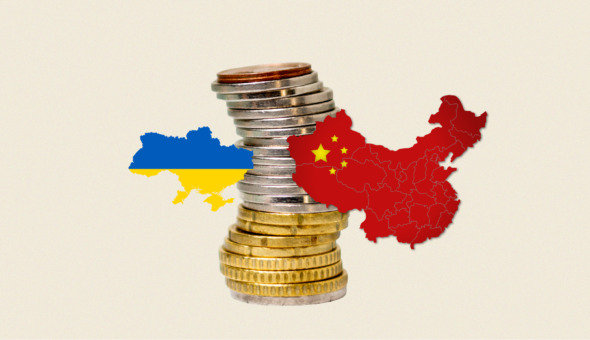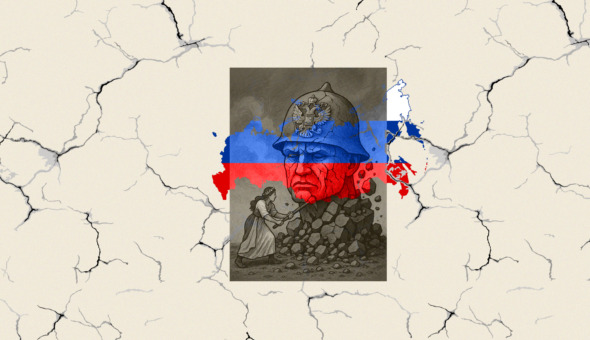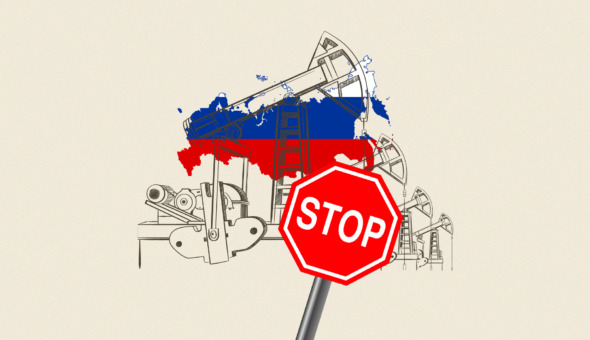
On the night of June 5-6, Russian aggressors committed another crime against Ukraine – they blew up the Kakhovka Hydroelectric Power Plant (HPP) dam. There are about 80 settlements in the flooding zone. The Ukrainian authorities are organizing the evacuation of those located on the territory under our control.
A terrorist act committed by the russians will have large-scale negative consequences for our economy and environment. The Kakhovka HPP produced a tenth of the energy of the Ukrhydroenergo company and played a significant role in balancing the energy system during peak hours.
Flooding will create not only risks for people’s lives and the destruction of housing, social facilities, roads, etc. The water will flood cesspools, and garbage dumps, and the corpses of domestic animals will end up in it, which the owners will not be able to or will not have time to take out. Now is the warm period of the year. High temperatures can lead to the reproduction of Escherichia coli and other bacteria. When the water recedes, people will be able to return to their homes, but will they be able to use wells, etc.? Hardly. And the water in the Dnieper itself, and possibly in the lower reaches of the Southern Bug and the tributaries of the Dnieper, may remain unsuitable for drinking water supply for a long time. And when it does become possible, water utilities will have to spend significant amounts of reagents for water treatment (chlorine compounds for disinfection, aluminum compounds for sedimentation of suspended particles).
According to Mykhailo Rusin, candidate of biological sciences, there is a risk of the extinction of many Red Book animals due to flooding. In particular, the populations of the steppe vole and Falz-Fein’s shrike may disappear by 70%, and the sand flycatcher by half. These cute little animals simply will not have time to migrate, and they would hardly be able to find another suitable territory for their lives in the almost completely plowed steppe.
In turn, lowering the level of the Kakhovka reservoir will lead to the exposure of the bottom in huge areas. According to candidate of biological sciences Serhii Shcherbak, hundreds of hectares of spawning grounds on the left bank will be lost. There will also be a threat of salt wedge rising from the sea, which was previously stopped by the dam. If the salinity of the water used for irrigation increases, there is a risk of soil salinization and a decrease in productivity.
The exposure of large areas of sandy or sandy-muddy bottom can cause sandstorms.
Due to the decrease in the level of the reservoir, water will stop flowing into the North Crimean Canal.
Local government officials are already scratching their heads over how to ensure drinking water supply in those settlements where the water intakes are relatively close to the shore. After all, the shore is now receding before our eyes. The main river of the Dnipro will not go anywhere, but how to get the pipes from the water treatment stations to it and where to get the funds and materials for this is the task.
Yes, we will eventually drive the occupiers off our land, and then we can get down to rebuilding this waterworks. But already now we need to agree that we will not just rebuild the HPP that was created according to old anti-ecological projects and technologies but build a system that is friendly to the environment, to the climate, and to the river. There was not even a fish farm in the old hydropower plant, which made it impossible for fish to migrate from the lower part of the Dnieper to the upper part and vice versa. It is necessary to attract scientists who would offer the best solutions for today, determine the minimum necessary level of the dam, calculate the volume of the reservoir that will reduce flooding to a minimum (and the Kakhovka HPP and other hydroelectric plants create it). We need to think about whether it is worth restoring the water supply to the North Crimean Canal because, until the 1950s, Crimea did without Dnieper water. There are drinking water sources on the peninsula and there are enough of them for the population. Well, Zaid, of course, will have to be sent home to russia right away.
Dnieper water was mainly used to ensure the operation of large chemical enterprises and irrigated agriculture in the steppe part of Crimea. We need to think carefully whether Ukraine needs these harmful antediluvian industries, which, by the way, now belong to well-known oligarchs. Similarly, with regard to irrigated agriculture, this is not the only way of using land.
Oleg LYSTOPAD, journalist and environmentalist, “SVIT” newspaper.



